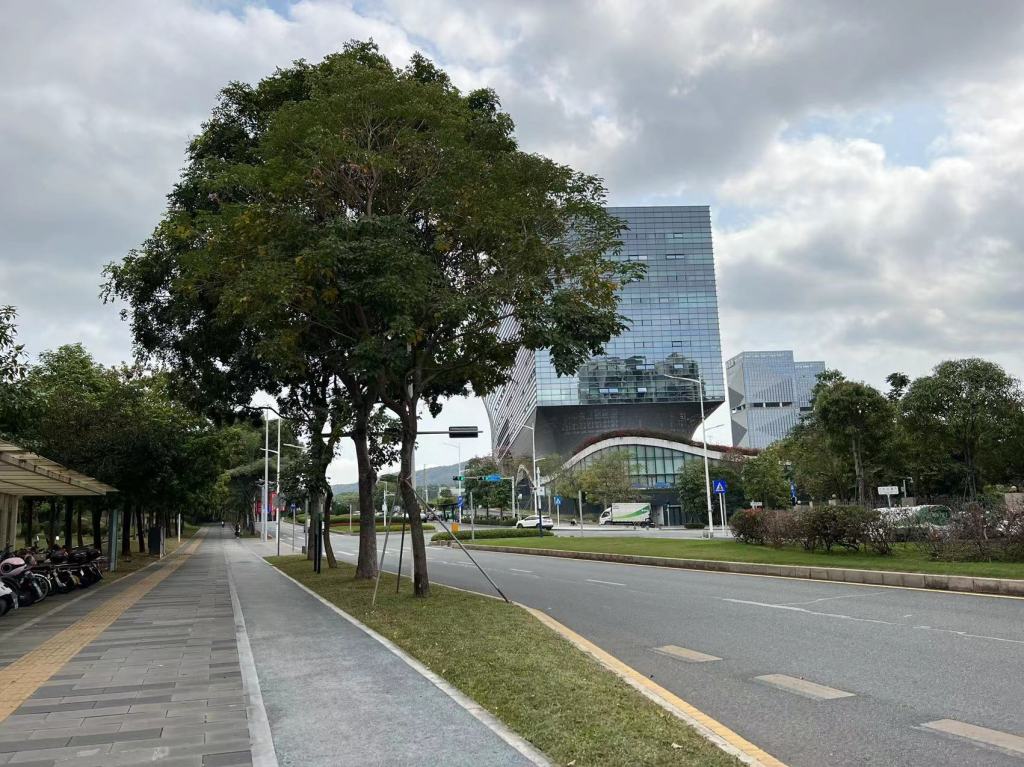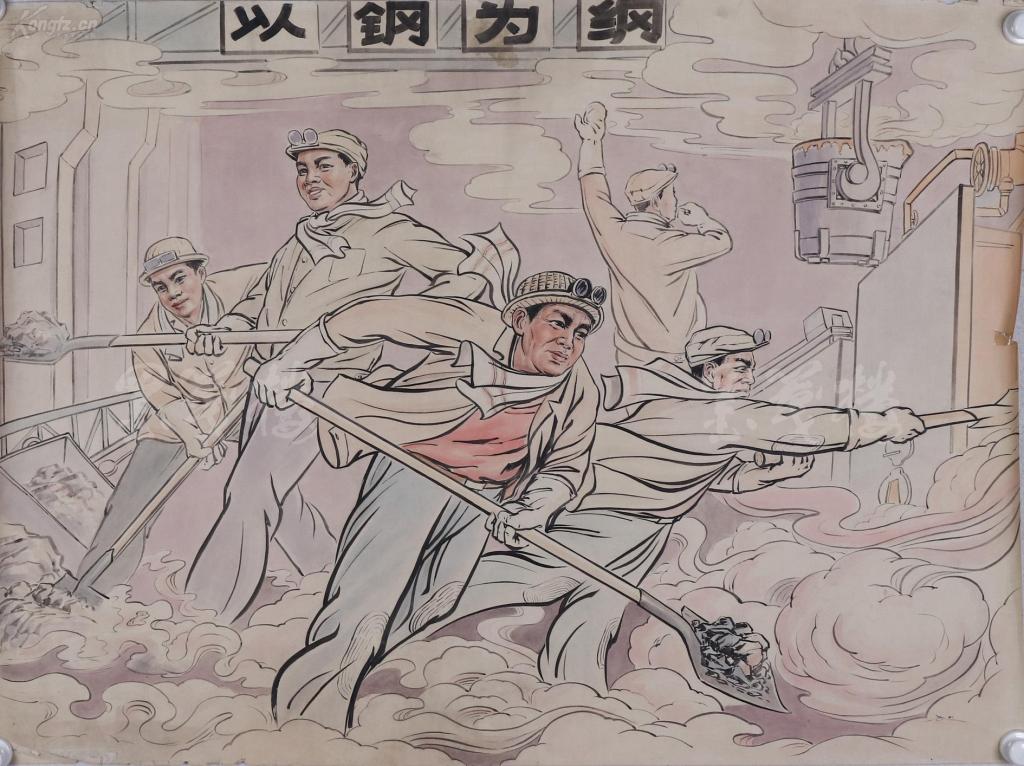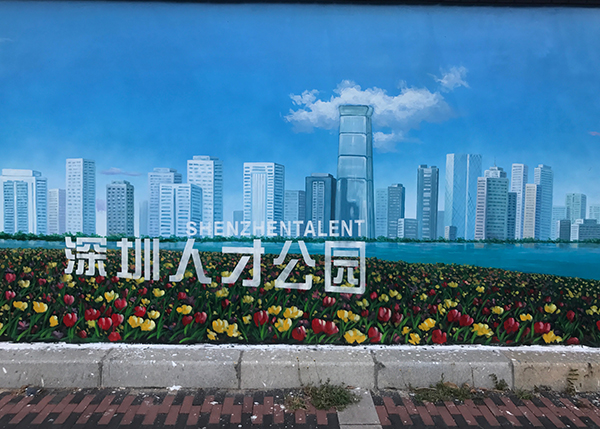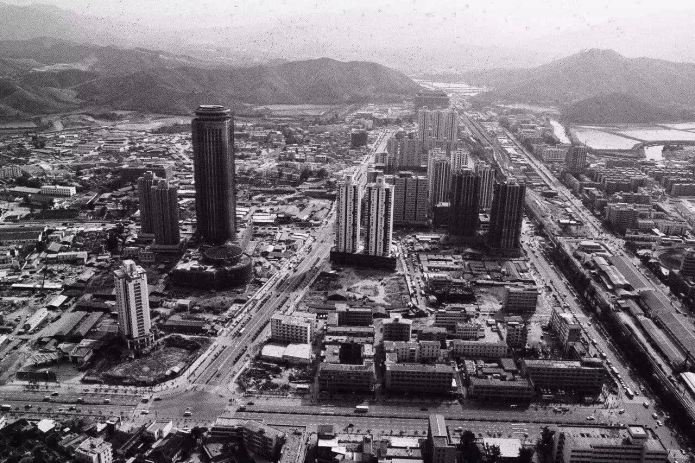Today I went into the very distant reaches of Guangming, to one of the new developments. During the Republican era (and from what I can glean, even earlier), this area was mountainous and had little agriculture. Consequently, in 1958, an Overseas Chinese Farm was set up here, bringing in both productivity and producing for the HK market. At the beginning of Reform and Opening Up they did some manufacturing (Konka and Overseas Chinese Town are both children of this settlement), but the area’s claim to fame remained agriculture, especially milk and roasted pigeon.
Point du jour: as with many parts of Shenzhen that missed the initial manufacturing boom (looking at you Longgang), the area is marketing itself as a high end suburban area. However, its far, far away (over 1.5 hours by subway from Shekou, or 3 hours round trip) and since there are few jobs out there, it’s filled with bedroom communities and empty shopping malls. A few snaps from today’s trip:















